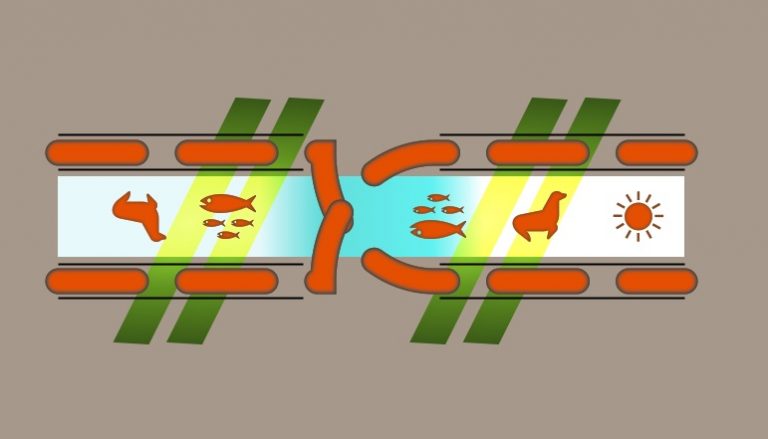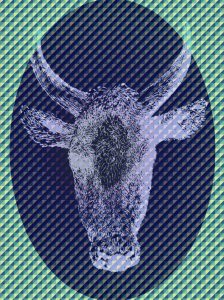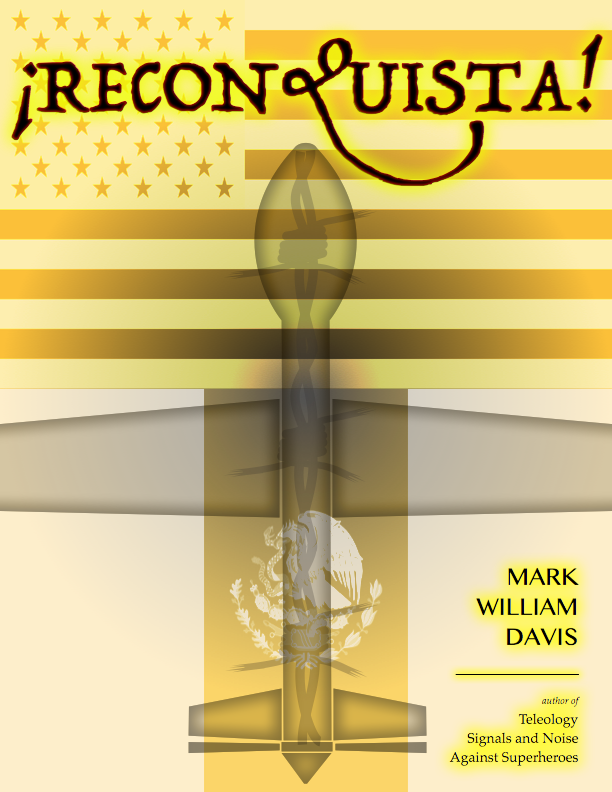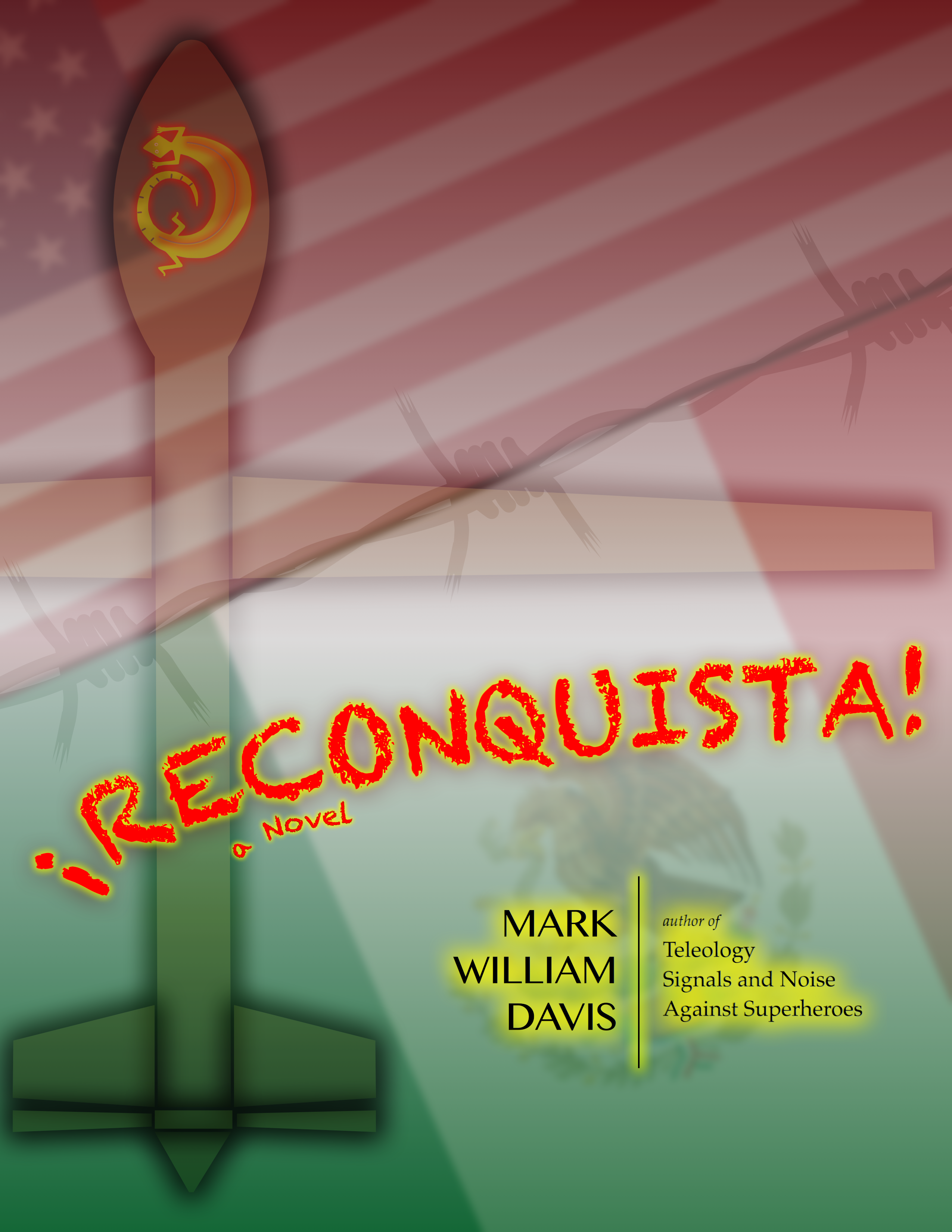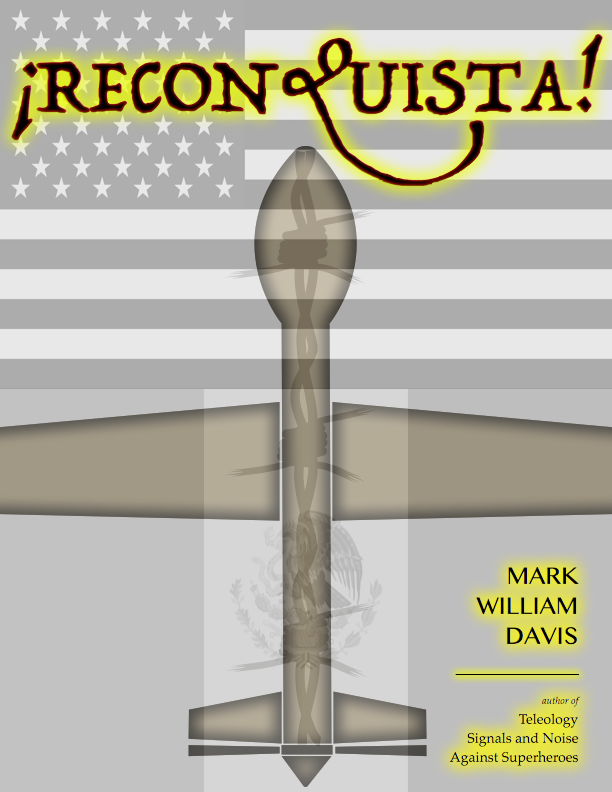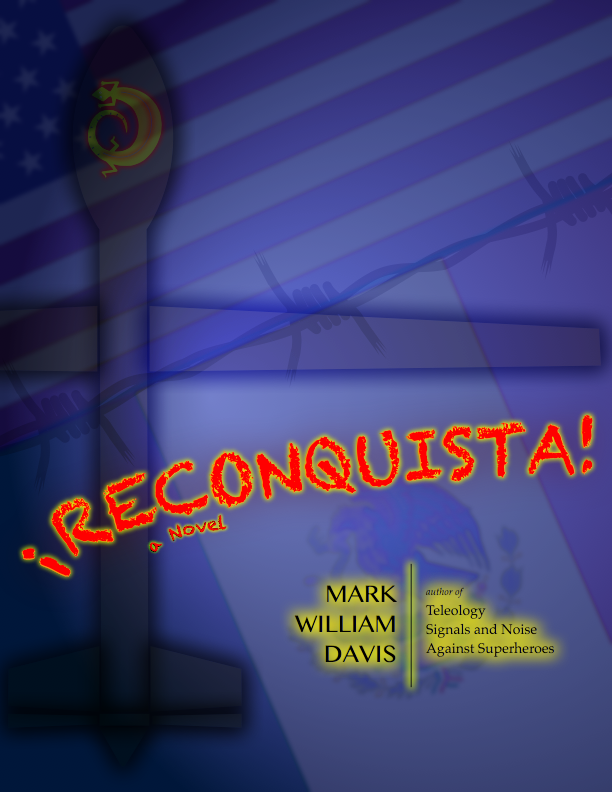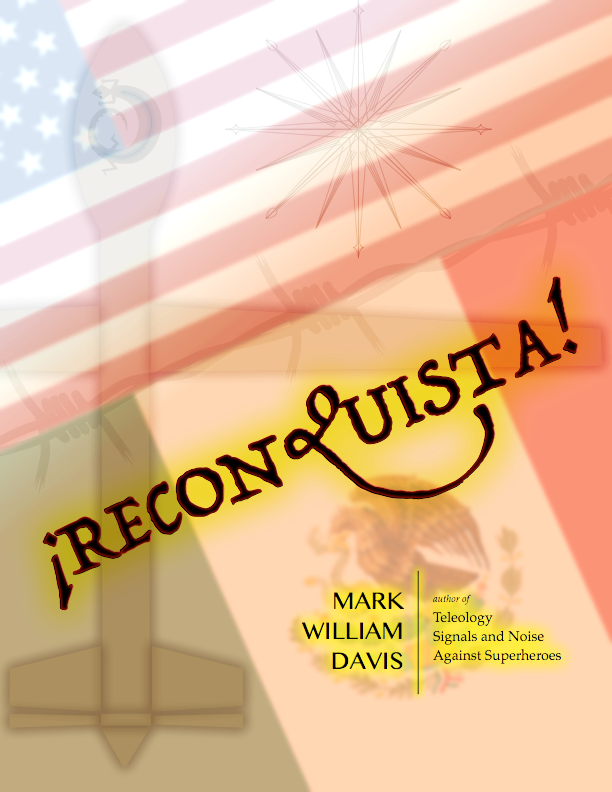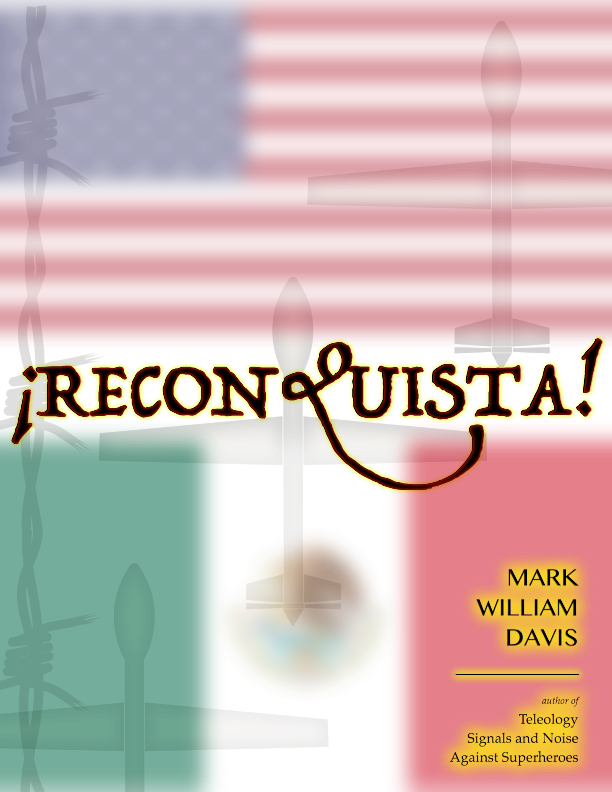 ¡Reconquista! is making the rounds looking for representation. This is a first for me. I’ve been strongly attracted to the idea of disintermediating publishing, music, film, transportation, business, and anything else that happens by; my Silicon Valley persona sees disruption as a virtue, for better or worse. But why not learn from the mainstream model for the trajectory of books and ideas?
¡Reconquista! is making the rounds looking for representation. This is a first for me. I’ve been strongly attracted to the idea of disintermediating publishing, music, film, transportation, business, and anything else that happens by; my Silicon Valley persona sees disruption as a virtue, for better or worse. But why not learn from the mainstream model for the trajectory of books and ideas?
Meanwhile, nothing sits still. I’m journeying through Steven Pinker’s latest data dump, Enlightenment Now. My bookshelf crawls with his books, including Learnability and Cognition, Language Learnability and Cognitive Development, The Stuff of Thought, Words and Rules, and The Language Instinct, while my Kindle app holds The Better Angels of Our Nature and the new tome. I also have a novel by his wife, Rebecca Newberger Goldstein, though I have never read any of her more scholarly materials on Spinoza.
Enlightenment Now (shouldn’t it have an exclamation point?) gives an upbeat shine to these days of social media anger and the jeremiads of fracturing America. Pinker is a polished writer who should be required reading, if only for his clarity and perseverance in structuring support for mature theses. There is some overlap with Better Angels, but it’s easy to skip past the repetition and still find new insights.
And I have a new science fiction/cyberpunk series under development, tentatively titled Quintessence of Rust. Robots, androids, transhumans, AIs, and a future world where reality, virtual existences, and constructed fictions all vie for political and social relevance. Early experimentation with alternative voices and story arc tuning have shown positive results. There is even some concept art executed with an iPad Pro + Pencil combined with Procreate (amused a firm would choose that name!).… Read the rest

